There are many potential reasons babies develop rashes. While rashes on babies are common, and most are not a cause for alarm, they can be uncomfortable and cause irritation.
Often, there may be an obvious reason for the rash, such as switching to a new soap or coming in contact with a new substance. In other cases, a caregiver may need to consult a doctor to determine what is causing the rash.
This article explores the different reasons a baby may experience a rash and what to do when it occurs.
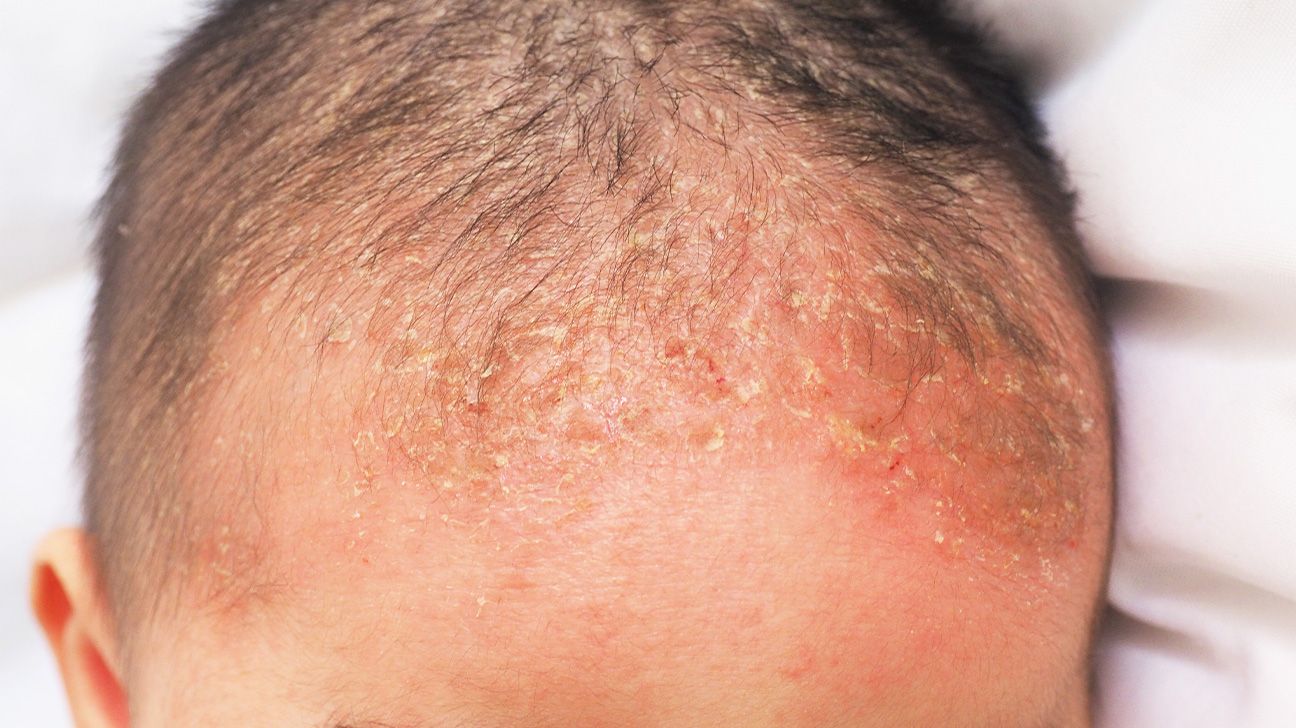



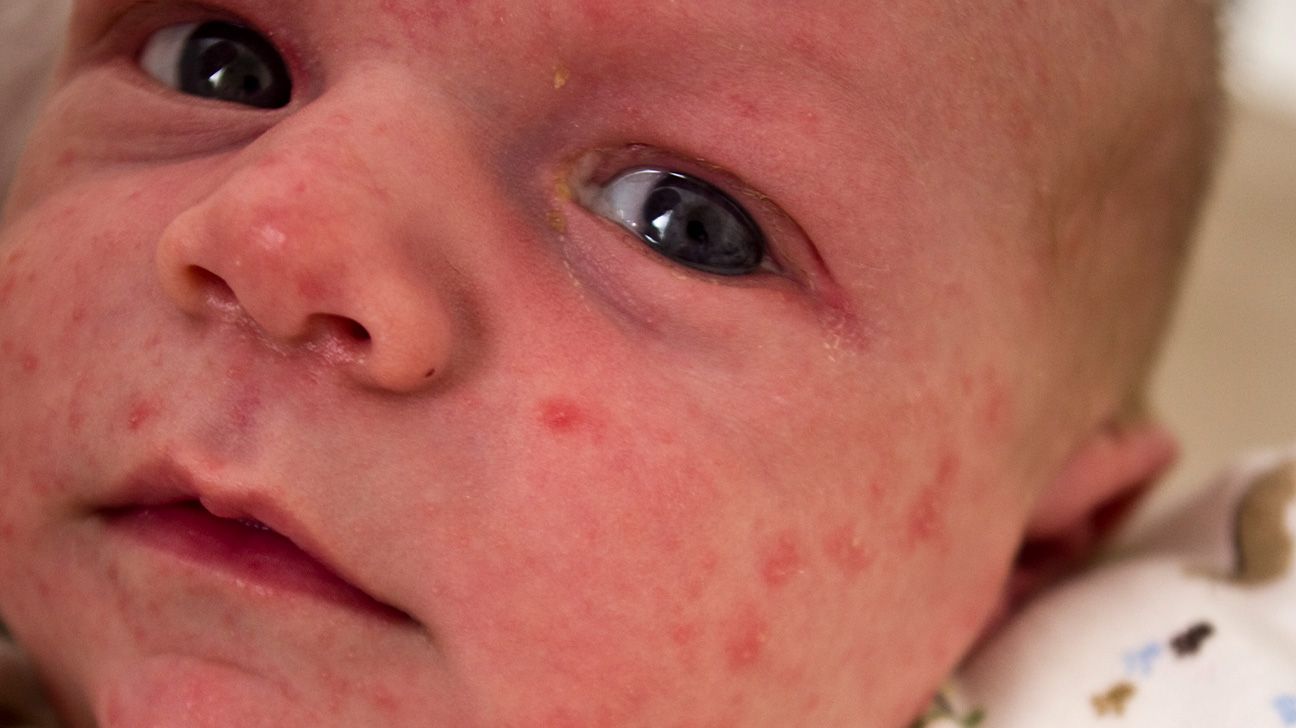

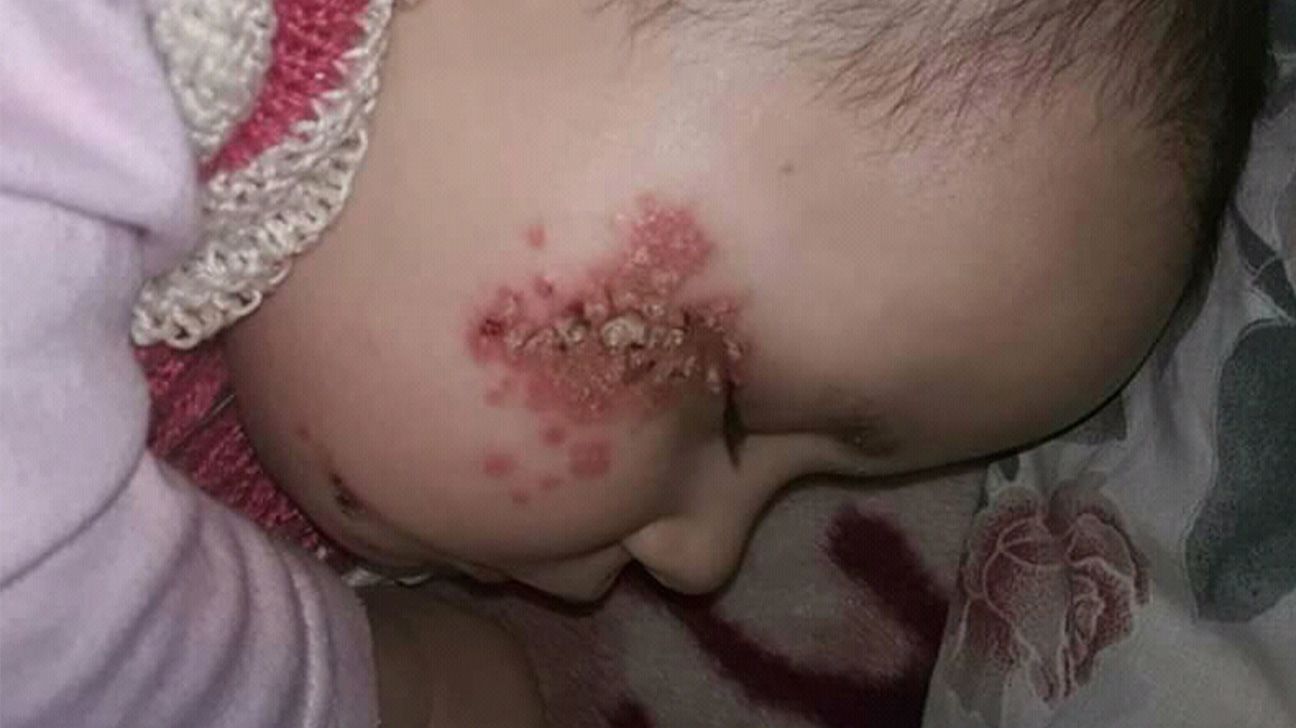
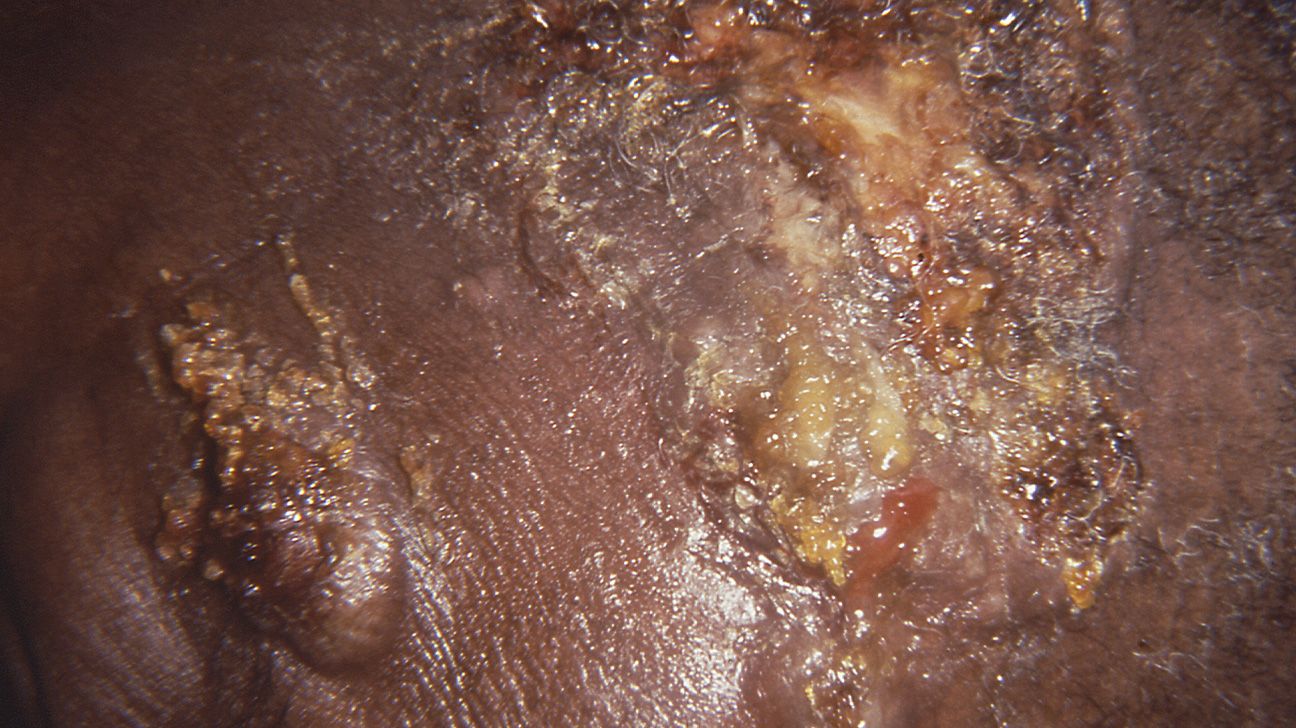
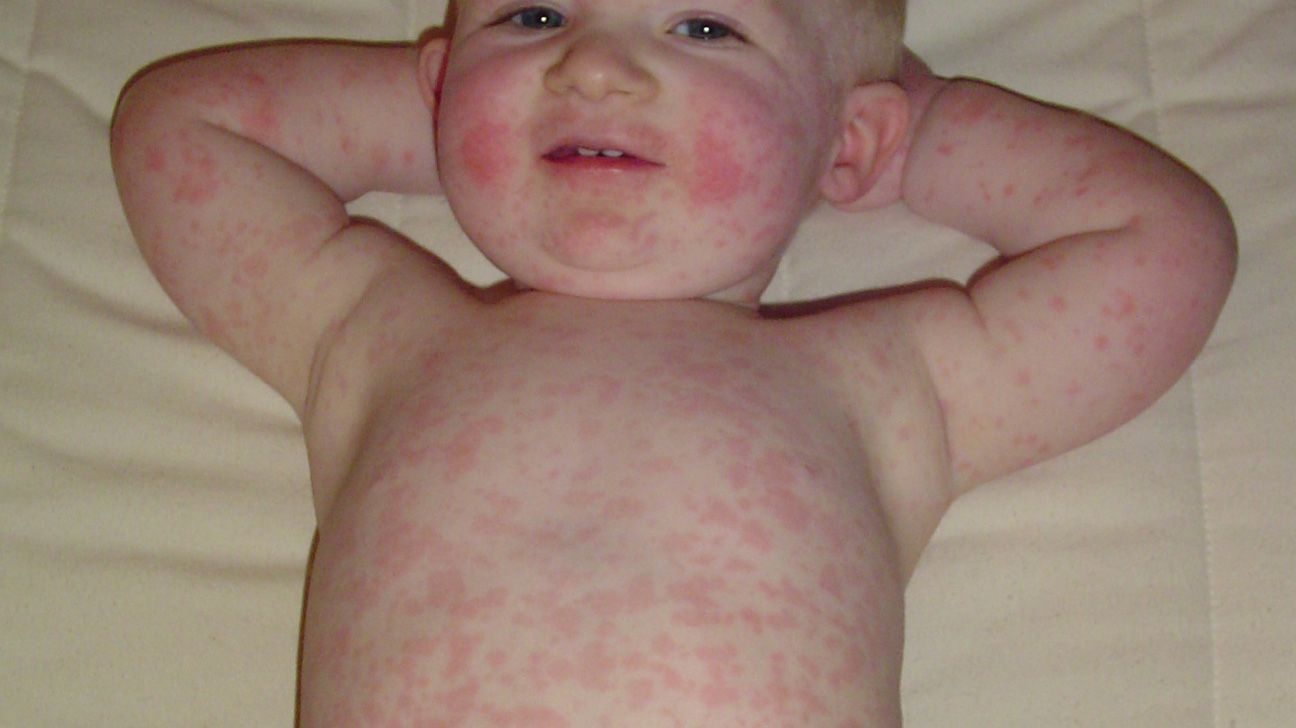
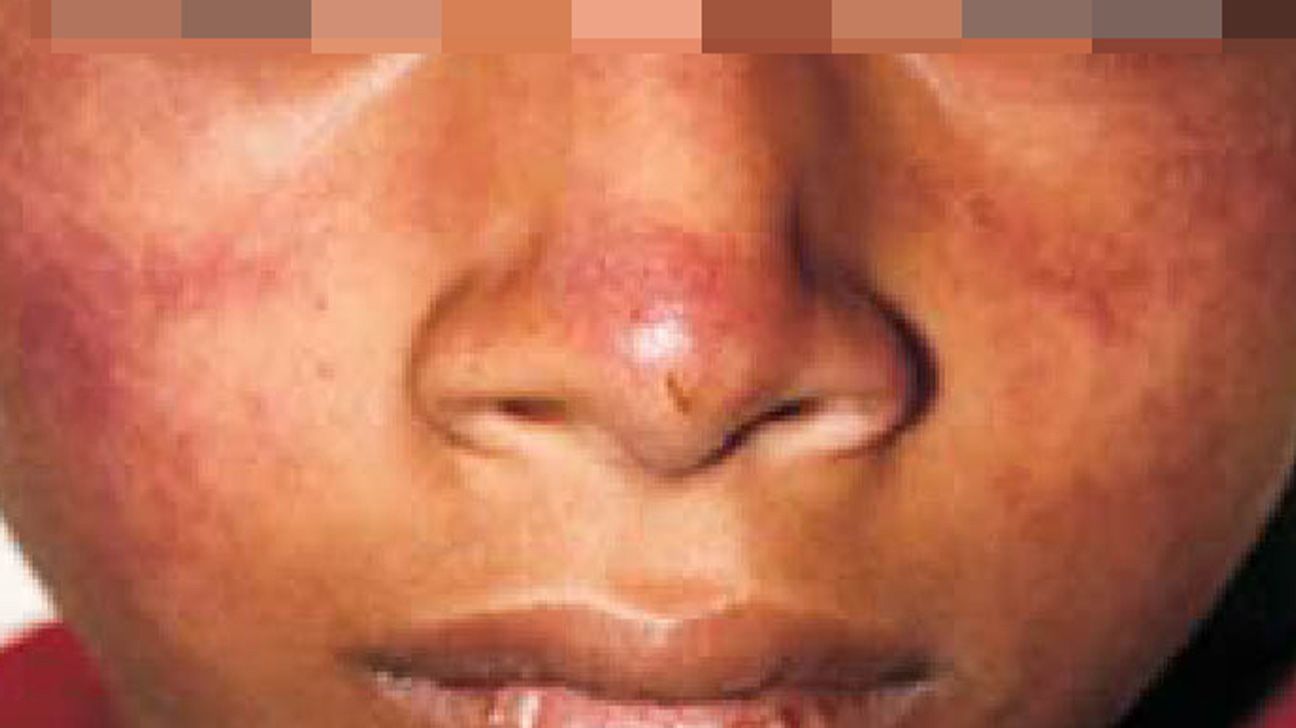
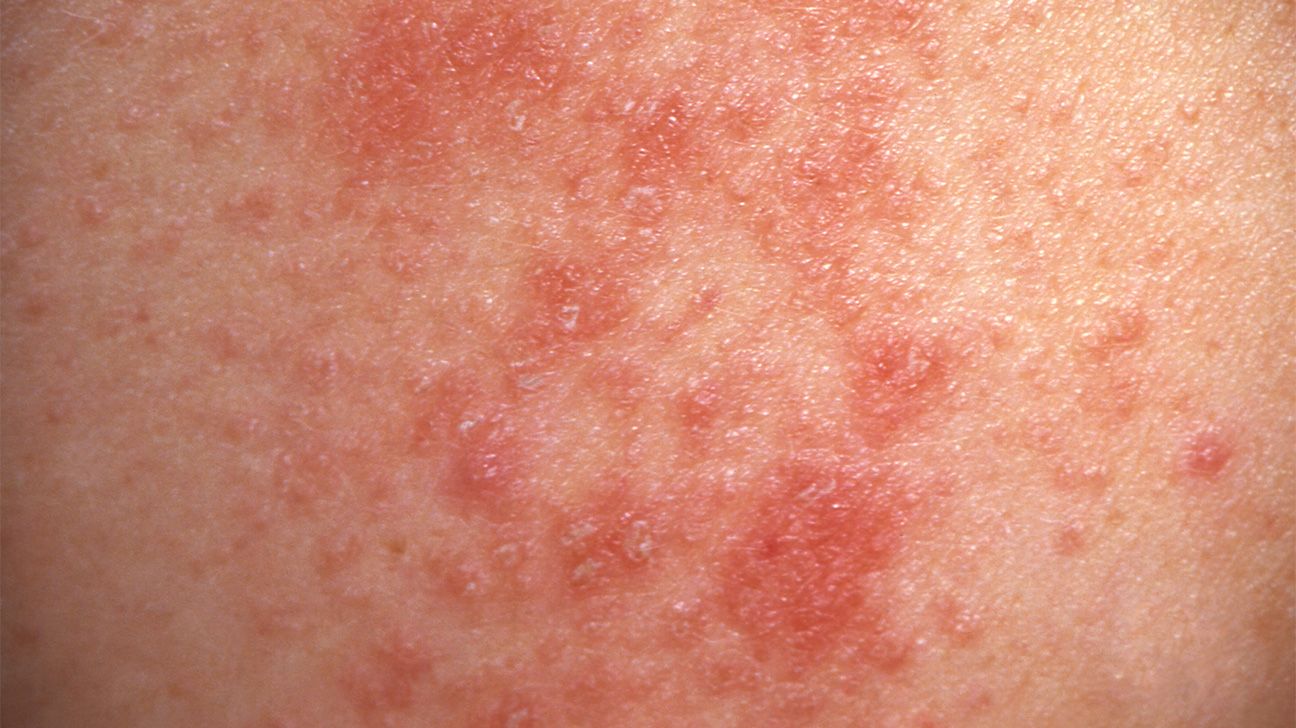
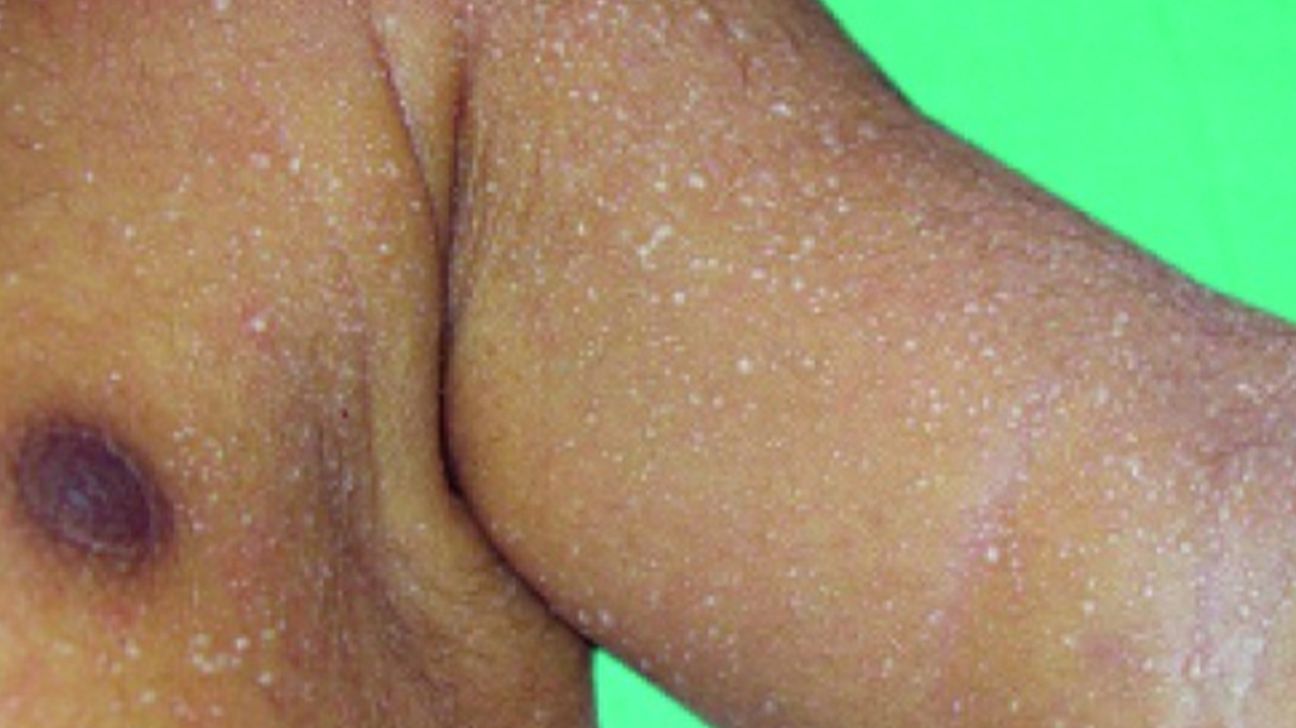
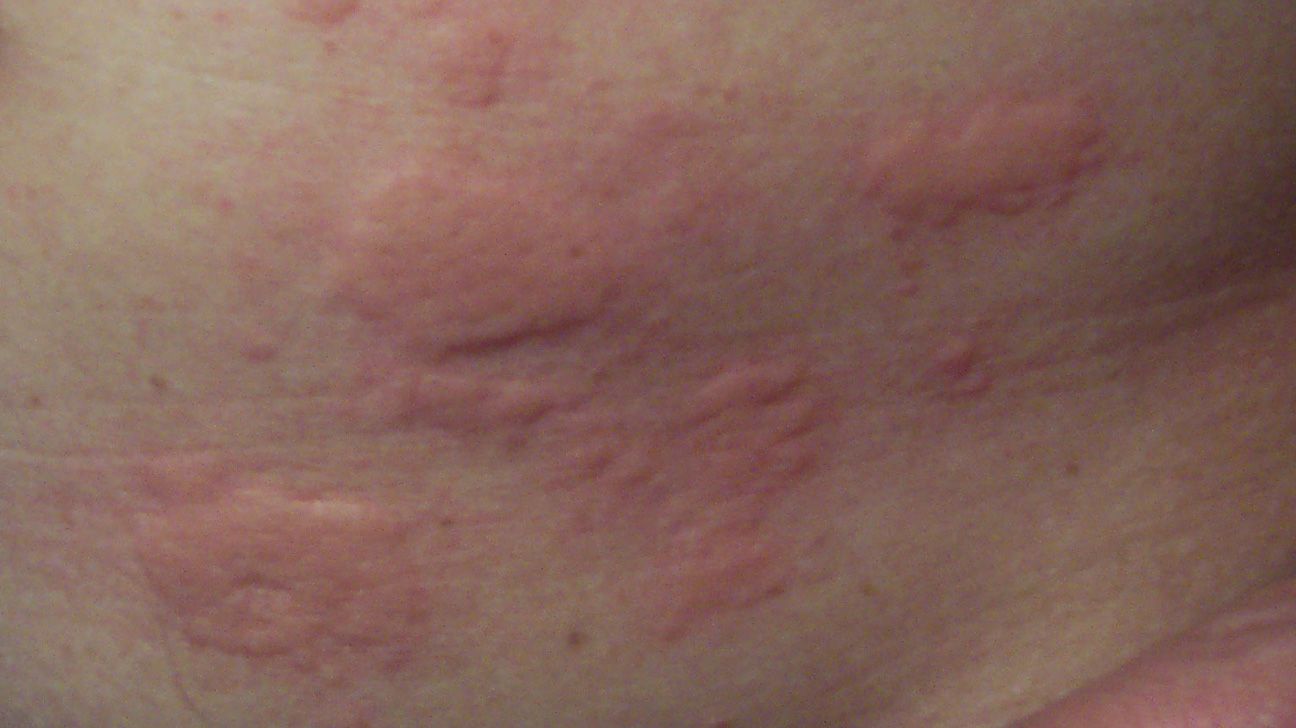
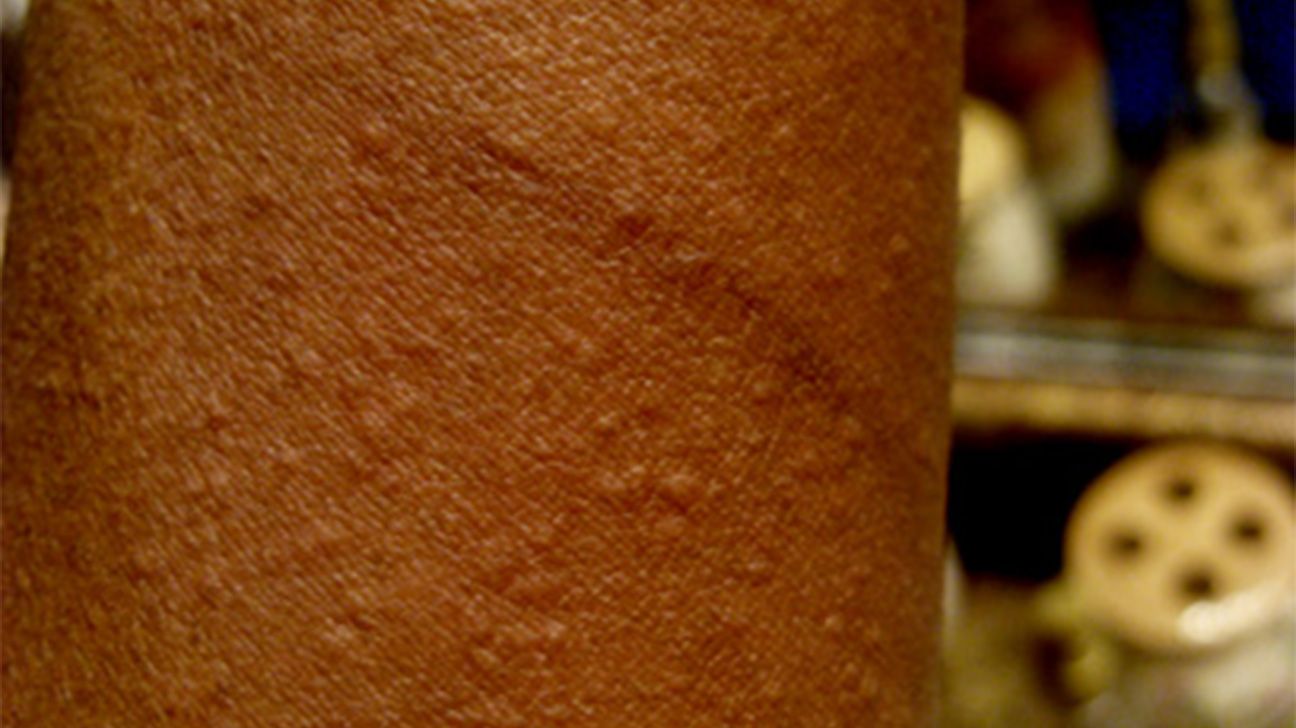

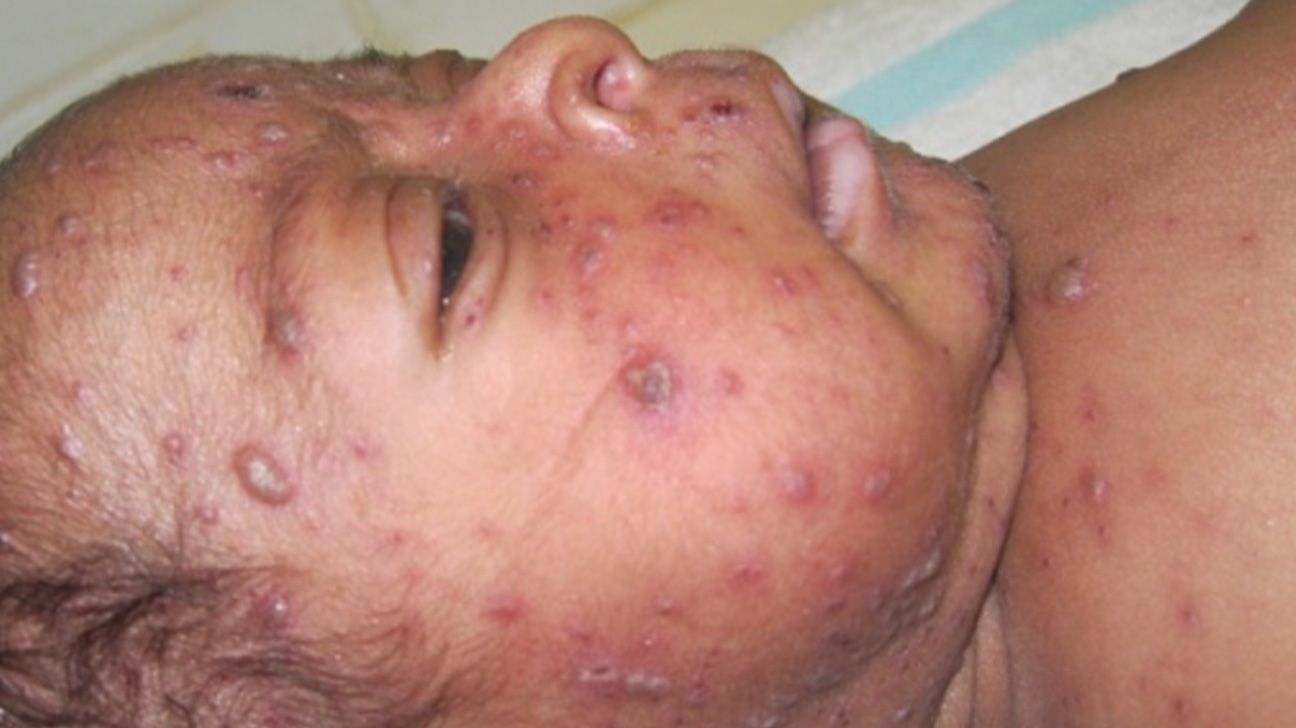
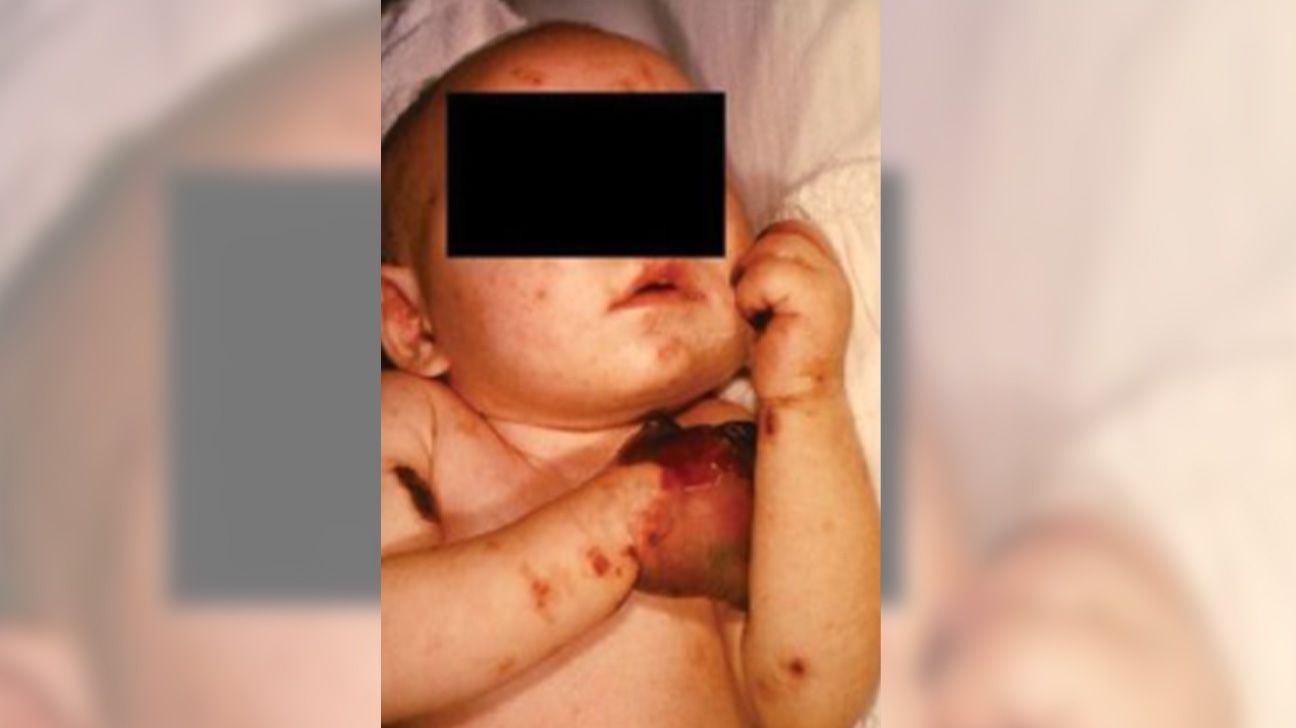
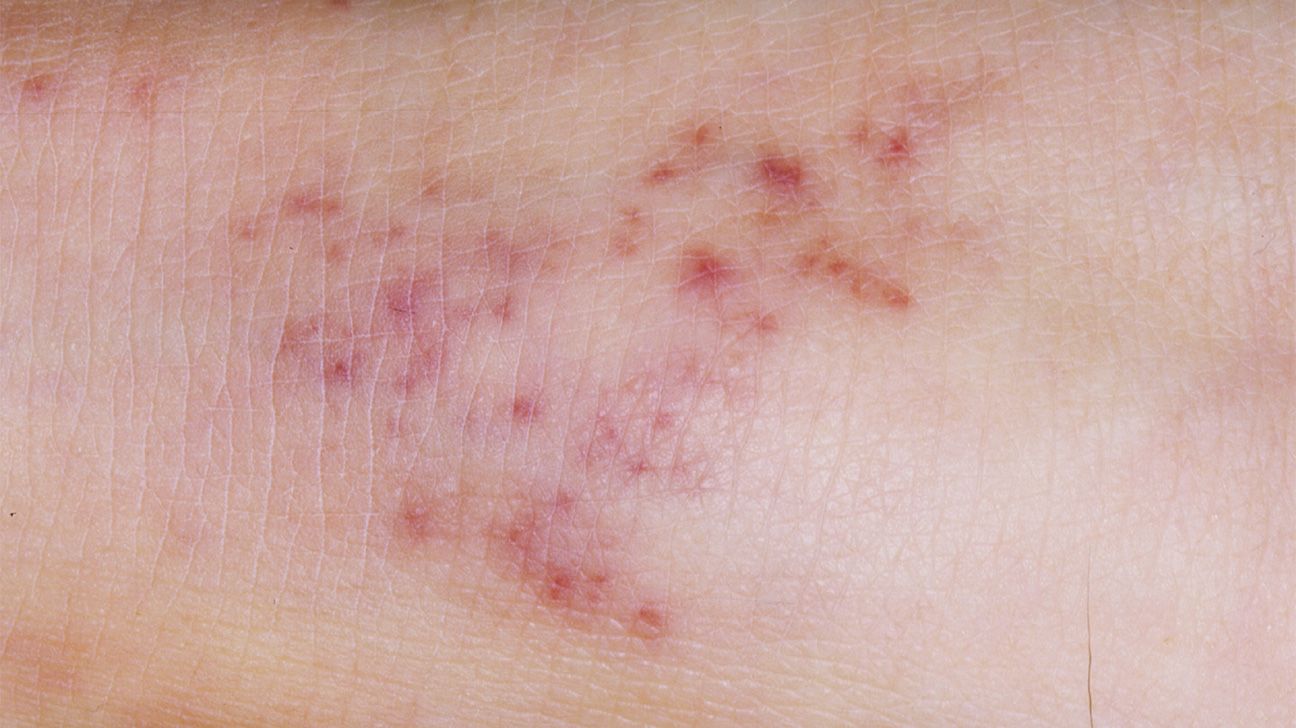
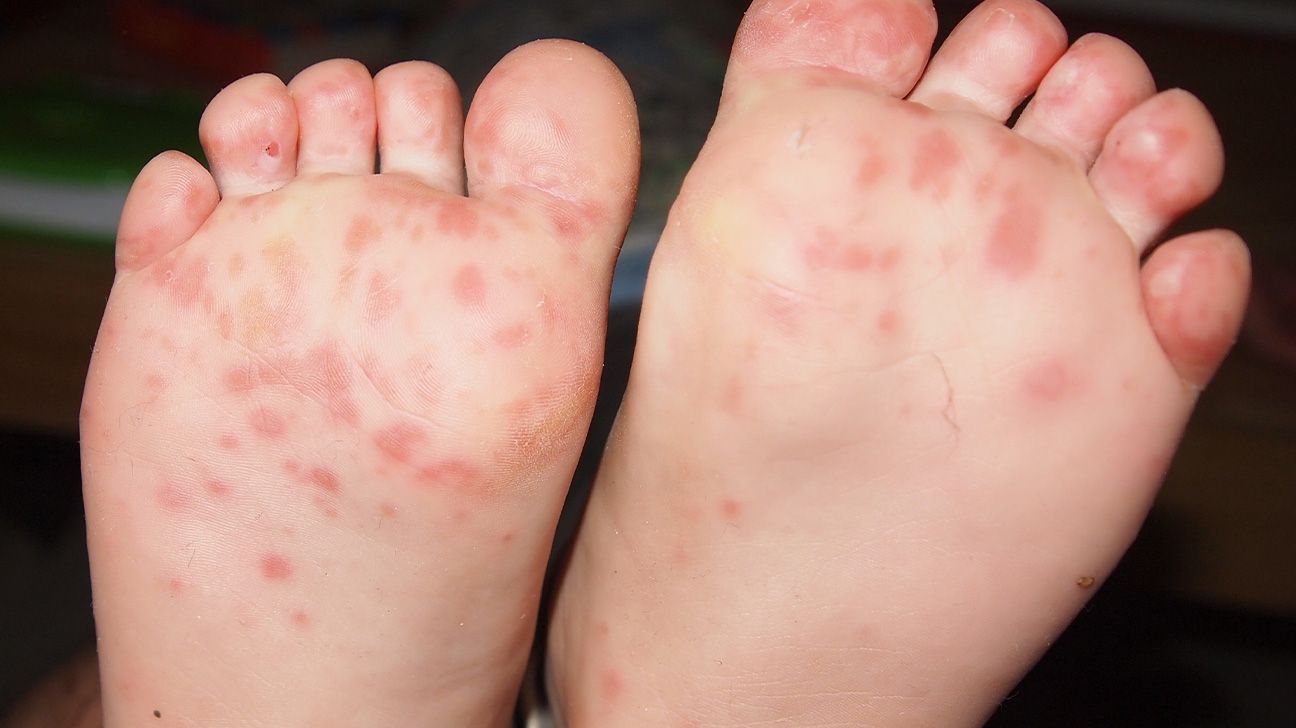
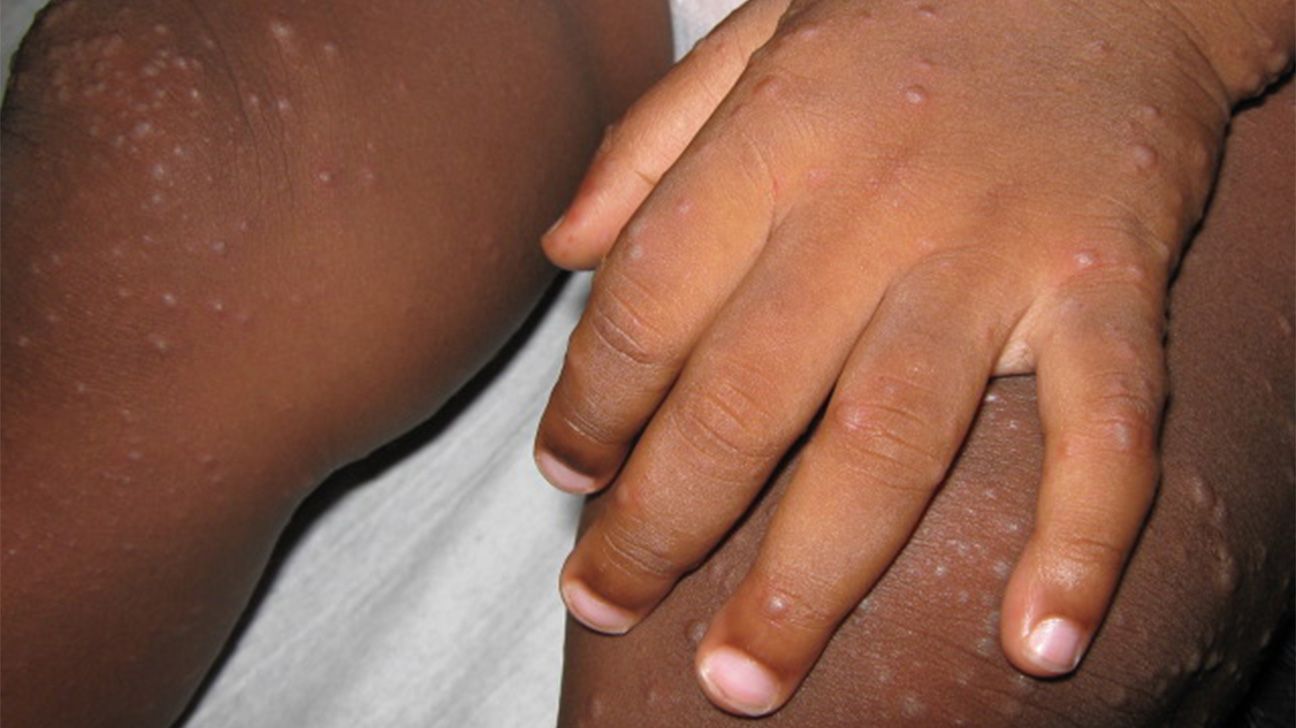
Cradle cap is a rash that appears on or around the scalp, neck, or face. It can produce yellowish, greasy patches that appear scaly.
Cradle cap is not a severe issue. It should clear on its own with no need for treatment.
The American Academy of Dermatology (AAD) estimates that up to 60% of people with eczema develop it in their first year of life, and up to 25% of all children have the condition.
Eczema causes discolored, dry skin that is commonly itchy and rough to the touch.
Though there is no cure for eczema, caregivers can help reduce symptoms with proper care, such as washing, moisturizing, and reducing exposure to triggers. Topical medications may be necessary in more severe cases.
A diaper rash appears as a discolored area, typically around the baby’s buttocks and groin, and can cause discomfort.
Keeping the area clean and dry can help prevent diaper rash. Over-the-counter (OTC) creams and other ointments can help treat symptoms and prevent occurrences.
Acne affects about 20% of newborns, reports the AAD. A parent or caregiver may first notice this when the baby is about 2 weeks old, but it can develop anytime before 6 weeks of age.
Parents and caregivers should not treat acne with medication intended for older children and adults. Baby acne typically clears within a few weeks with no intervention.
Impetigo is a common bacterial infection in children and babies. It causes itchy bumps and blisters and yellow-colored sores.
It is highly contagious and requires treatment. Infants who go to day care usually must stay home until the rash is no longer contagious. Handwashing and good skin care practices are important to help prevent transmission.
The rash stops being contagious about 24 hours after starting antibiotic treatment and when the bumps and sores are dried up and healed.
Without any treatment, impetigo can remain contagious for up to several weeks. It is rarely serious, however, and usually resolves without complications.
Fifth disease is a viral rash that is
In addition to a rash, an infant may have:
- runny nose
- fever
- fussiness
Hand, foot, and mouth disease is a common viral cause of rashes in children. Some symptoms of hand, foot, and mouth disease include:
- fever
- sores on the mouth
- sore throat
- loss of appetite
- rash on the skin near hands, feet, or mouth that may blister
An allergic reaction may cause a rash on a baby’s skin. An allergic rash, or hives, is often red or discolored raised bumps on the skin.
The reaction may occur due to foods, stings, bites, or medications. Mild reactions typically go away without treatment.
Babies and adults can develop a heat rash. It occurs due to overheating. The rash typically appears as clusters of pink raised dots on light skin and as white or gray spots on dark skin.
Babies may develop small water blisters on the rash. There is no illness or fever associated with a heat rash.
Chickenpox typically presents as a rash that progresses to itchy, fluid-filled sacs. Other symptoms include:
- fever
- loss of appetite
- tiredness
The
The vaccination series is available after a child is 12 months, at recommended dosing intervals. It is important for caregivers to discuss a child’s vaccinations with a doctor.
Meningitis is a serious bacterial infection that requires immediate medical attention. A meningitis infection can cause a rash in addition to:
- sensitivity to light
- stiff neck
- uncontrollable shaking
- abnormally cold hands or feet
- appearing confused
- fever
- fussiness
- lethargy
- vomiting
- decreased appetite
- bulging soft spot
Meningitis is
It is not possible to prevent all rashes. If a rash occurs due to an illness, the rash will usually go away once the baby is no longer sick.
Caregivers can reduce a baby’s exposure to allergens and triggers to eczema and other rashes. This may not prevent all rashes, but taking preventive measures could help.
A parent or caregiver can help prevent diaper rash by keeping the area clean and dry. Ensuring a baby’s clothes are clean and dry can also help prevent irritation.
If there is no apparent cause of the rash or if the baby is showing other signs of illness, such as a fever, it is best to speak with a doctor.
The infant may need to see a pediatrician or a dermatologist.
Parents and caregivers should seek immediate medical attention if a baby is showing signs of meningitis, which is a severe, life threatening infection.
Rashes on babies can cause discomfort but usually clear with at-home treatment. However, a parent or caregiver should seek medical attention if the baby has other symptoms, such as a fever, lack of appetite, or a stiff neck.
Treatments vary based on the underlying condition. Anyone unsure about the cause of the rash or the appropriate treatment should talk with a doctor.


